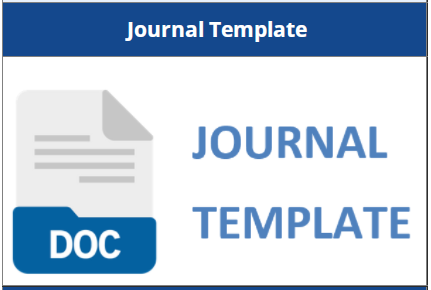KEPUASAN KERJA PEGAWAI SEKSI PENDATAAN DAN PENETAPAN PAJAK DALAM PELAYANAN PUBLIK
Abstract
This study aims to analyze employee job satisfaction in public service, and to analyze the implications of employee job satisfaction on public service in the Mataram City SAMSAT Office. The theory used in this research is satisfaction theory and motivation theory. The method used in this study is qualitative which is described in detail through observation and interviews with informants. This study uses two (2) types of data sources, namely primary data sources and secondary data sources. The data was obtained by means of interviews, observation, documentation, and methods of literature. The results of the study show that employee job satisfaction has not been fully fulfilled or is not satisfied, there are still some that have not been fulfilled, in employee job satisfaction there are 5 (five) indicators, namely; working conditions, wages, security, quality of supervision, and relationships with others. And employee job satisfaction has implications for public services in the Mataram City SAMSAT Office. This shows that the better the employee's job satisfaction, the better the employee's performance and vice versa, the less employee job satisfaction, the less employee performance job.
References
Agus Dwiyanto. (n.d.). Mewujudkan Good governance melalui Pelayanan Publik. Gadjah Mada University, Yogyakarta, 2008.
Akay, R., Kaawoan, J., & Pengemanan, F. (2021). Disiplin pegawai dalam meningkatkan kualitas pelayanan publik.
Amstrong, K. D. (1997). Prinsip-Prinsip Pemasaran.
Bayu Wijaya. (2021). Pengaruh Pendidikan Kewirausahaan dan Motivasi Terhadap Minat Berwirausaha Pada Mahasiswa. JEBDEKER: Jurnal Ekonomi, Manajemen, Akuntansi, Bisnis Digital, Ekonomi Kreatif, Entrepreneur, 1(2), 86–91. https://doi.org/10.56456/jebdeker.v1i2.72
Danim, S. (2002). Menjadi Peneliti Kualitatif,. Bandung: Pustaka Setia.
Gibson, J. L. (1996). Organisasi: Perilaku, Struktur, Proses.
Herzberg, F. (2011). Herzberg`s Motivation-Hygine Theory and Job Satisfaction in The Malaysia Retail Sector: The Mediating Effect Of Love Money. Sunway University Malaysia: Teck Hang Tan and Amna Waheed.
HM. Sonny Sumarsono. (2004). Metode Riset Sumber Daya Manusia. Jember: Graha Ilmu.
Iskandar. (2010). Metodologi Penelitian Pendidikan dan Sosial (Kuantitatif dan Kualitatif). Jakarta: Gaung Persada Press (GP Press).
Murdiyanto, E. (2020). Metode Penelitian Kualitatif (Teori dan Aplikasi) disertai Contoh Proposal). Yogyakarta: Lembaga Penelitian dan Pengabdian Pada Masyarakat, UPN “Veteran” Yogyakarta Press.
Ratminto, A. S. W. (2007). Manajemen pelayanan.
Robbins, Stephen, dan Coulter, M. (2002). Manajemen.
Robbins, S. P. (2008). Perilaku Organisasi.
Sugiyono. (2014). Metode Penelitian Pendidikan Pendekatan Kuantitatif, Kualitatif, dan R&D. Bandung: Alfabeta.
Sugiyono. (2015). Metode Penelitian Kombinasi (Mix Methods). Bandung: Alfabeta.
Sugiyono. (2016). Metode Penelitian Kuantitatif, Kualitatif dan R&D. Bandung: PT Alfabet.











